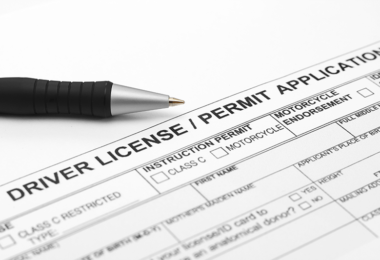Home / Modules / Components / Phase 1 driver education / Description and rationale
Description and rationale
Driver education is designed to teach new drivers the rules of the road and the driving skills to prepare for the road test and obtain a driver’s license. It is recognized and promoted as a safety measure that dates back to the early 1930s in the U.S. and Canada.
Most jurisdictions in the U.S., Canada, and elsewhere have delivered driver education in high schools and/or commercial driving schools. To date, driver education and GDL are both popular policies but have generally operated independently, rather than in a coordinated fashion among parents and driver education instructors aiming to help teens learn to drive. The one possible exception is in Michigan where the driver education curriculum includes two segments: one offered before the driver begins supervised driving and; the other after the driver has held a valid learner’s license for at least three continuous months and has acquired 30 hours of driving experience time including a minimum of two hours of night driving.
Phase 1 driver education in the GDL Framework is an initial phase of driver education, which would include in-classroom and/or online theoretical instruction and in-vehicle training that teaches basic vehicle handling skills and rules of the road to learners. Phase 1 driver education for young learners should:
- be teen-oriented;
- include a mandatory parent orientation course and encourage parental involvement throughout the GDL process;
- include GDL rationale and requirements in the curriculum;
- provide end of course reports/debriefings to parents that include recommendations for areas that need improvement; and,
- provide information about available in-vehicle technologies that can enhance the safety of young and novice drivers.
Phase 1 driver education is basically the scheme described in the New Teen Driver Education and Training Administrative Standards (NTDETAS available at http://www.anstse.info/. 1 These standards were developed and initially published in 2011 by representatives from the driver education professional community with assistance from the National Highway Traffic Safety Association (NHTSA). These National standards also have been recently updated2 and expanded to provide guidance as to how traditional DE programs should be substantially restructured to potentially better achieve their safety goals. They are based on consensus that all driver education programs should meet these standards, especially the components involving parents. In regard to parent involvement, an online national survey of parents found that parent orientation courses were approved by 70%, although only 46% said they would like to take (or have taken) such a course themselves. 3
This is sensible policy to improve the administration, content, and delivery of driver education, both in-classroom and on-line as well as behind-the-wheel, through the promotion of uniform standards although its effects have not been established. Although states could mandate that driver education providers meet National Standards, their safety benefits have not yet been established.





